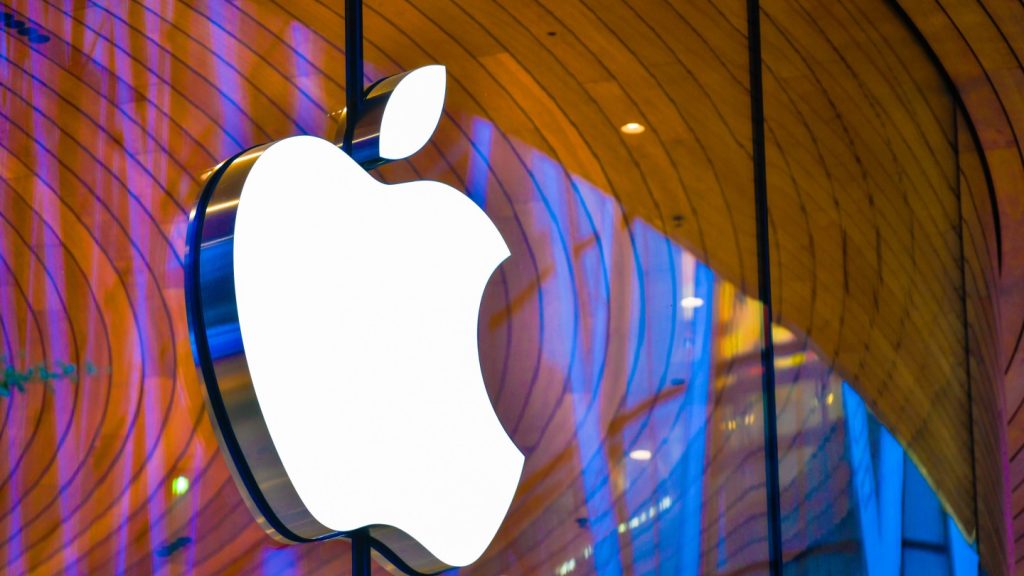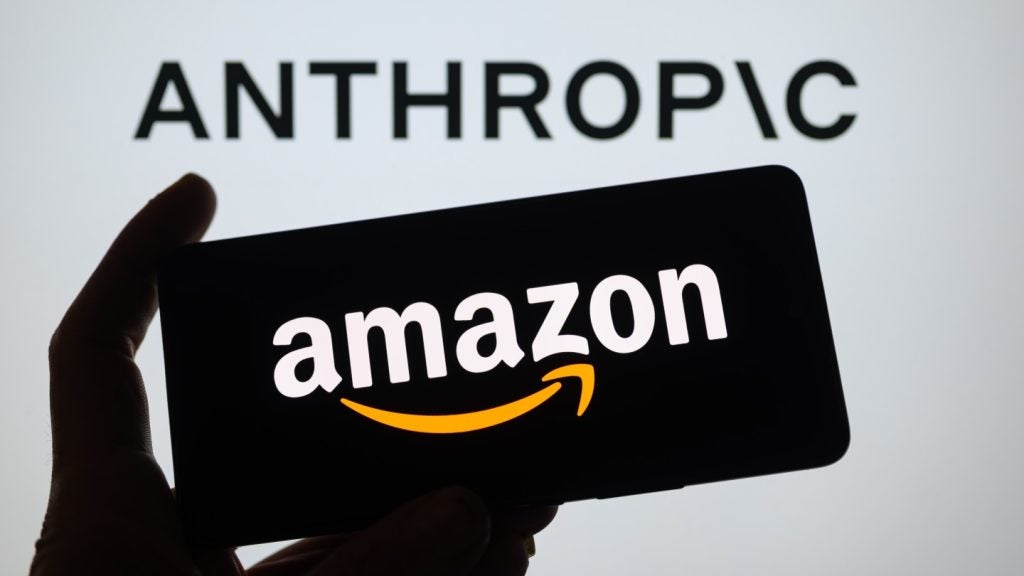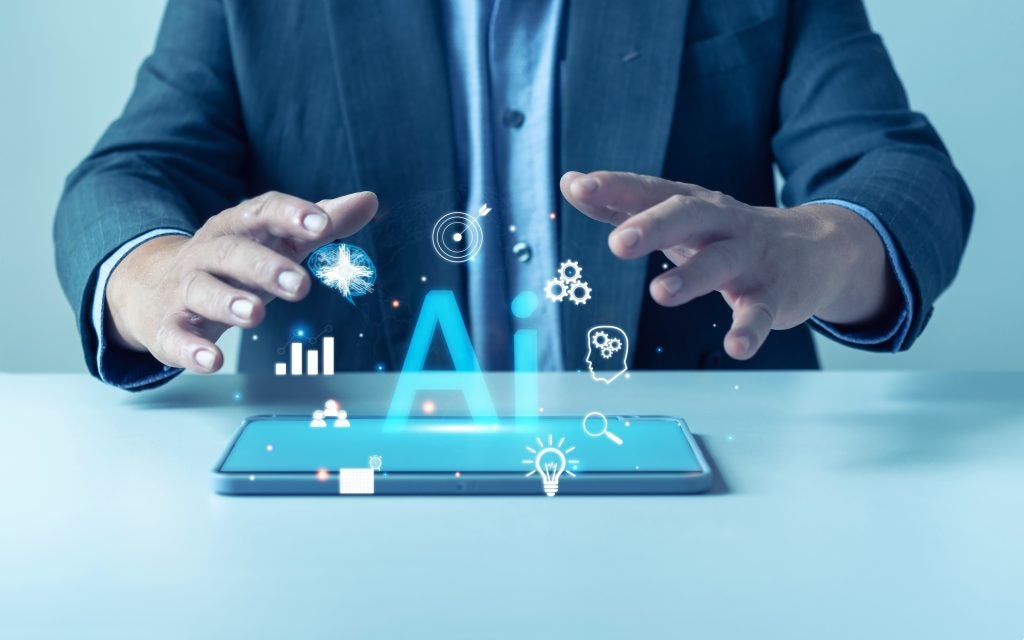
In today’s digital world where humans and technology-powered systems interact in more connected and intelligent ways, it is critical for enterprises to continuously innovate and keep up with increasing end-user demands and expectations. Those who don’t move fast enough will be forced out of the market.
Intelligent organisations must stay up to date with technologies that are set to transform the user experience during 2019 and evaluate how they can apply them to their business.
Zebra Technologies presents three trends that will help business innovators make the right decisions, remain competitive and achieve a performance edge.
Enterprises that embrace the internet of things (IoT) will be the first to become intelligent businesses
According to Zebra’s second annual Intelligent Enterprise Index, the number of companies defined as “intelligent enterprises” doubled to ten percent in 2018. Businesses have derived great value from emerging IoT strategies, which optimise critical operations and drive efficiency.
Recently there’s been a shift toward more connected, collaborative workflows where physical and digital entities converge across multiple channels. With developments in virtual reality (VR) and augmented reality (AR) technology, people will be increasingly dependent on the immersive experience offered by the smart edge devices that surround them. Evolving technology such as connected sensors, digital twins, 5G and blockchain will help enterprises collect and analyse accurate data in real-time from frontlines, adding an intelligent component and effectively responding to business needs.
The ‘edge’, where employees make real-time decisions and interact directly with customers and end-users, becomes increasingly important as data is captured for enhanced visibility and analytics.
How well do you really know your competitors?
Access the most comprehensive Company Profiles on the market, powered by GlobalData. Save hours of research. Gain competitive edge.

Thank you!
Your download email will arrive shortly
Not ready to buy yet? Download a free sample
We are confident about the unique quality of our Company Profiles. However, we want you to make the most beneficial decision for your business, so we offer a free sample that you can download by submitting the below form
By GlobalDataIn turn, this translates to actionable insights. Retailers are investing in empowering their front line by equipping store associates with tablets and mobile computers that drive higher customer satisfaction and generate a seamless experience.
These technologies can help locate the right products, check stock availability and enhance the overall online and offline buying experience. In transportation and logistics, for example, AR and VR can be used to display visuals in the warehouse picking process and measure items without actual physical interaction. Digitisation is also taking centre stage in other industries such as healthcare and manufacturing.
Automation driven by artificial intelligence (AI) connects the physical and digital worlds more collaboratively
AI permeates into virtually everything and creates more adaptable, flexible and autonomous systems. Enterprises seek to enhance their AI-powered capabilities to deliver a performance edge in a data-rich environment.
Automation has developed rapidly across various sectors with disruptive technologies such as drones, robotics and autonomous vehicles and machines coming into play. With these developments, advanced automation driven by AI becomes possible. In addition, data management can help businesses automate real-time decisions.
Organisations harness mobile technologies to empower front-line workers with solutions and data that increase productivity and enable real-time decisions that deliver a better customer experience.
The adoption of AI and automation technologies are steadily increasing globally. These technologies are being integrated into new or existing applications to transform human workflows, interactions and decision-making. They naturally extend existing solutions and create more dynamic ecosystems focused on improving worker productivity, driving efficiencies and developing safer environments.
Small actionable data – integrated data solutions with enhanced analytics to offer real-time insights
As the world becomes more complex and data-driven, businesses want better ways to navigate and automate these complexities without the human capital expense. Successful enterprises of the future will rely on real-time data and insights to run their businesses more efficiently and with a competitive edge.
For years, enterprises have sought to obtain insights from ‘Big Data’, large volumes of data that businesses collect and store on a daily, sometimes instantaneous basis. In 2019, priorities will shift toward ‘small actionable data’, which are accessible within individual workflows. These insights are case-specific and can help businesses solve problems and achieve desired outcomes.
In terms of data capture, 2D barcode scanning continues to gain acceptance in the global market as the preferred track and trace method. The transition from 1D to 2D imaging comprises more than 70 percent of total handheld scanner sales. In addition, UHF RFID will continue to expand beyond item level inventory use into the supply chain and manufacturing industries. More than 10 billion UHF RFID tags will be used in the retail, manufacturing and transportation industries in 2019.
Businesses will demand integrated data solutions that take data capture to the next level and are also integrated with analytics that offer real-time guidance, generating directional and actionable insights for real-time decision-making.
Read more: Data privacy doesn’t mean data security — Here’s how to protect your business







